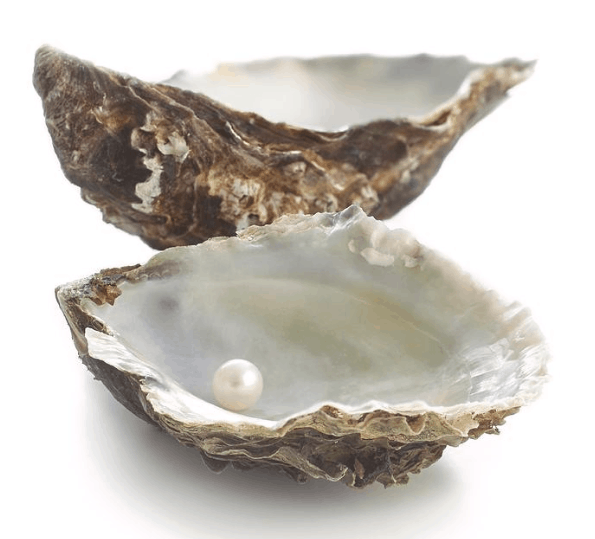Synthetic fossils
adjoin the coastline.
Fallen into dirty piles
they wait to be
shucked clean of sand,
and mud,
and debris.
Flowing like tallow
beneath the waves.
Fleece jackets
wick our irritants.
Fallen into dirty piles
they wait to be
shucked clean of sand,
and mud,
and debris.
Bleeding poisons
with every wash.
Fragile vessels
drink their fill.
Fallen into dirty piles
they wait to be
shucked clean of sand,
and mud,
and debris.
Diving for answers
when we could be diving for pearls.

This poem is inspired by recent research, which has found that microplastics are being discovered in Pacific oysters and razor clams along the Oregon coast, in the United States.
Microplastics (i.e. those plastics that are 0.0001–5 mm in diameter) are found in nearly every environment on Earth. These tiny fragments, pellets, filaments, and fibers are typically produced from the breakdown of larger plastics that undergo weathering, through exposure to, for example, wave action, wind abrasion, and ultraviolet radiation from sunlight. Such microplastics may threaten ecosystem balance and natural resource consumers, particularly in the case of seafood, such as Pacific oysters and razor clams along the Oregon coast in the United States; two organisms that have commercial, recreational, and cultural importance.
By collecting samples from 15 sites along the Oregon coast, the researchers from this study found on average 11 microplastic pieces per oyster and nine pieces per clam. Furthermore, the researchers were also able to identify nearly all of these microplastics as being microfibers, which can come from sweat-wicking clothing as well as from derelict fishing equipment. The degree to which microplastics pose a threat to coastal marine ecology or the wider food web (including humans) is still unclear; however, this study provides valuable insights about the spatial and temporal variability in microplastics across coastal regions.
An audio version of this poem can be heard here:
Discover more from The Poetry of Science
Subscribe to get the latest posts sent to your email.
This is shocking Sam. Your Poetry of Science highlights such a broad spectrum of life threatened species and environmental factors and brings it home to me in a way that I can easily comprehend – THANK YOU. Javier is also now singing up
Thanks Beth,
I know, I was pretty shocked by this too, and it has made me think about my future running equipment…
Javier is signing up
Hello Javier. 👋